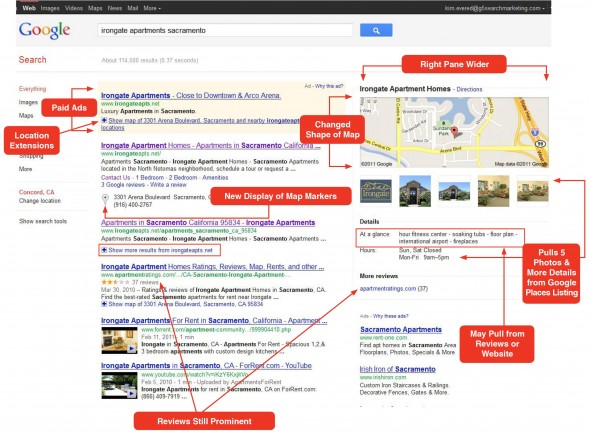Are Handheld Devices Productive Within a Mission Critical Environment?
— April 10, 2018Summary: Handheld devices like tablets and smartphones may have a place in today’s mission critical environment.
A majority of command centers utilize monitors and other advanced equipment pieces to enhance business presence and provide other valuable monitoring services. However, one of the more debatable questions is whether handheld pieces like smartphones or tablets can be beneficial to a center. The answer may surprise you.
Integration
In order for a tablet to function in an environment dominated by LED video displays, advanced CPUs, and other equipment, a tablet doesn’t seem to fit in by any means. However, this argument can be countered by the fact that tablets are another way to oversee operations when one is not around the monitor.
Operators have to take breaks. And, while one could simply replace the individual’s stead, the operator on break must still be able to overlook things even when he or she is away from the screen. A tablet can be an alternative to this. By having a third eye, per say, when away from the computer, the specialist can work away from work without forgoing productivity. And, as you all know, mission critical command centers need the highest level of productivity every second of the day.
Replacing CPUs
Another common argument is whether one can fully replace monitors with a tablet for cost-efficiency purposes. The answer to this one is pretty much one-sided. It can be argued that tablets can provide the same capabilities that a CPU can but in a smaller form. However, the size and clarity of the monitors, along with the speed, are what makes command centers an integral unit for enterprises. Without them, efficiency will be lost.



